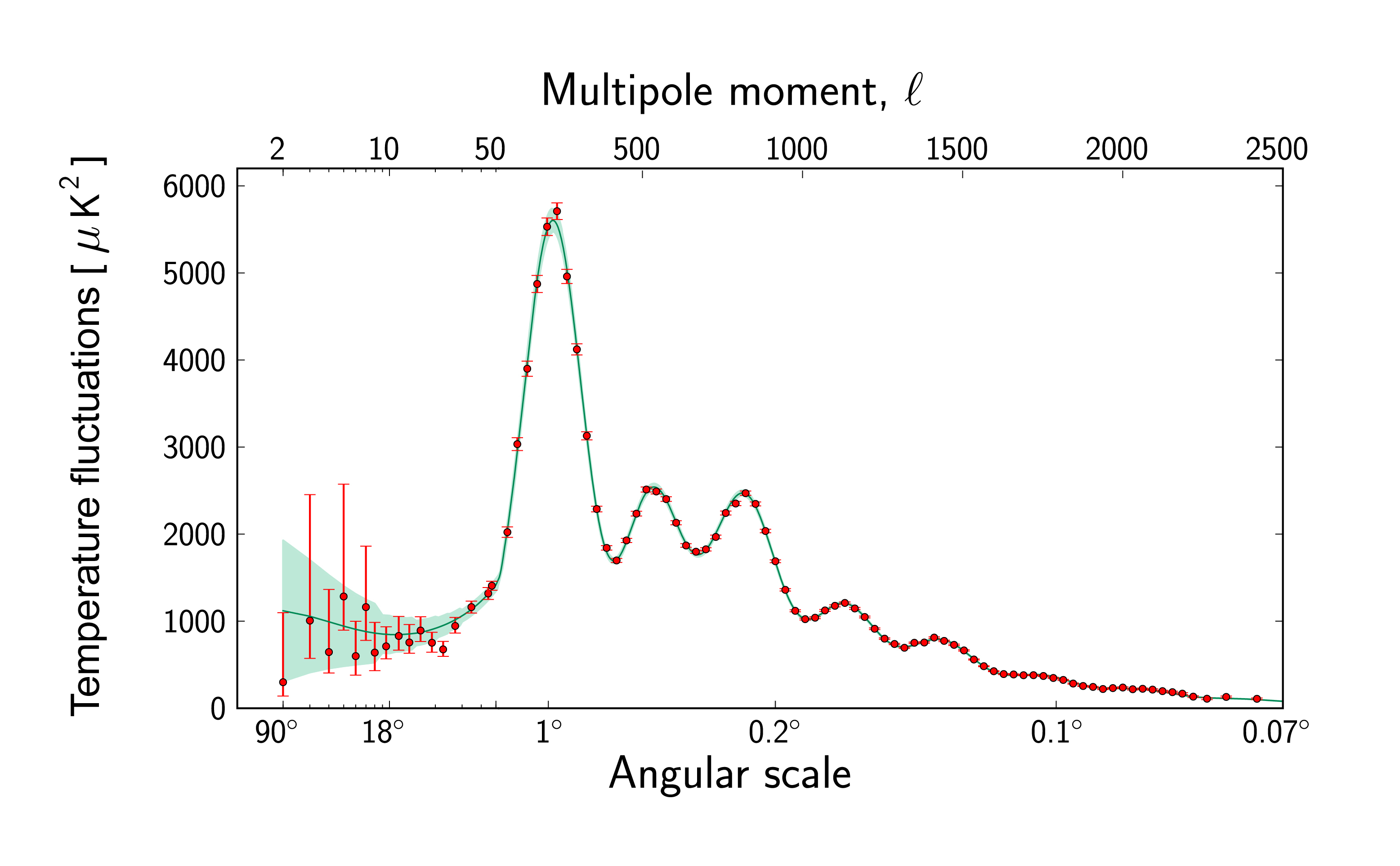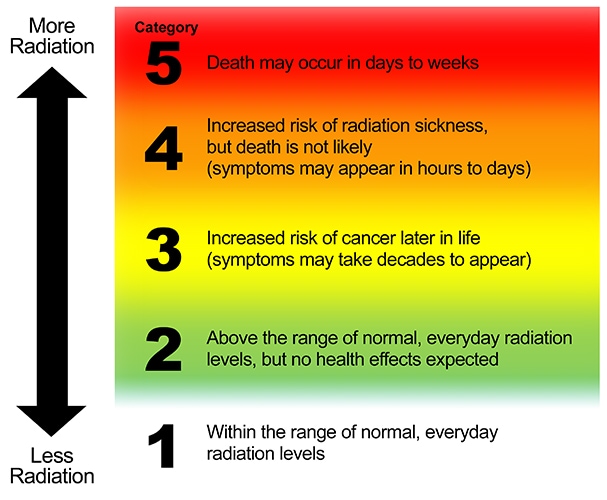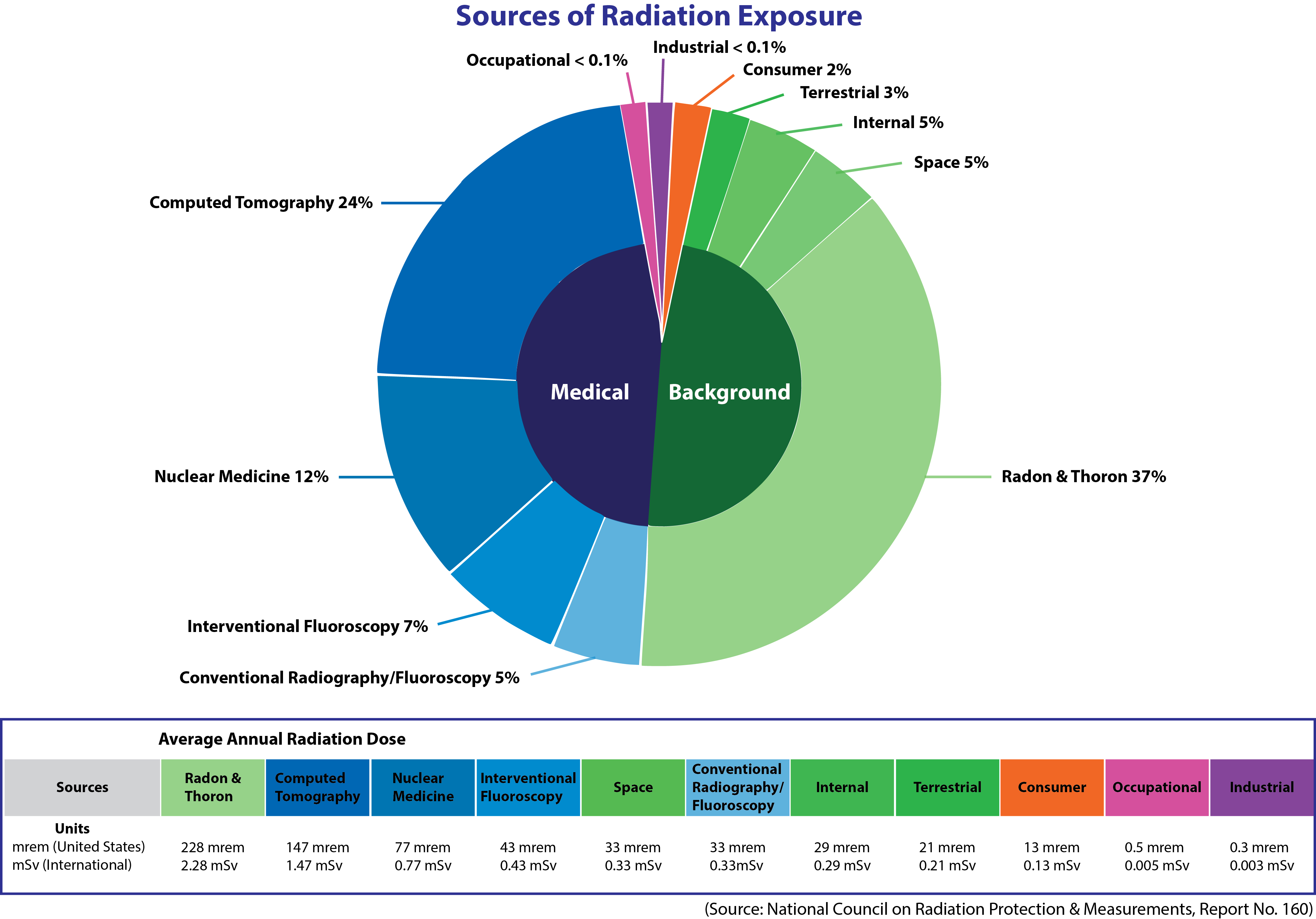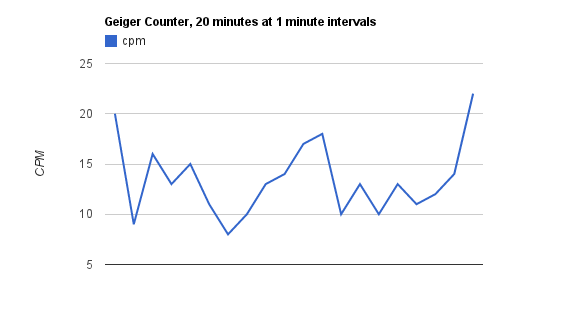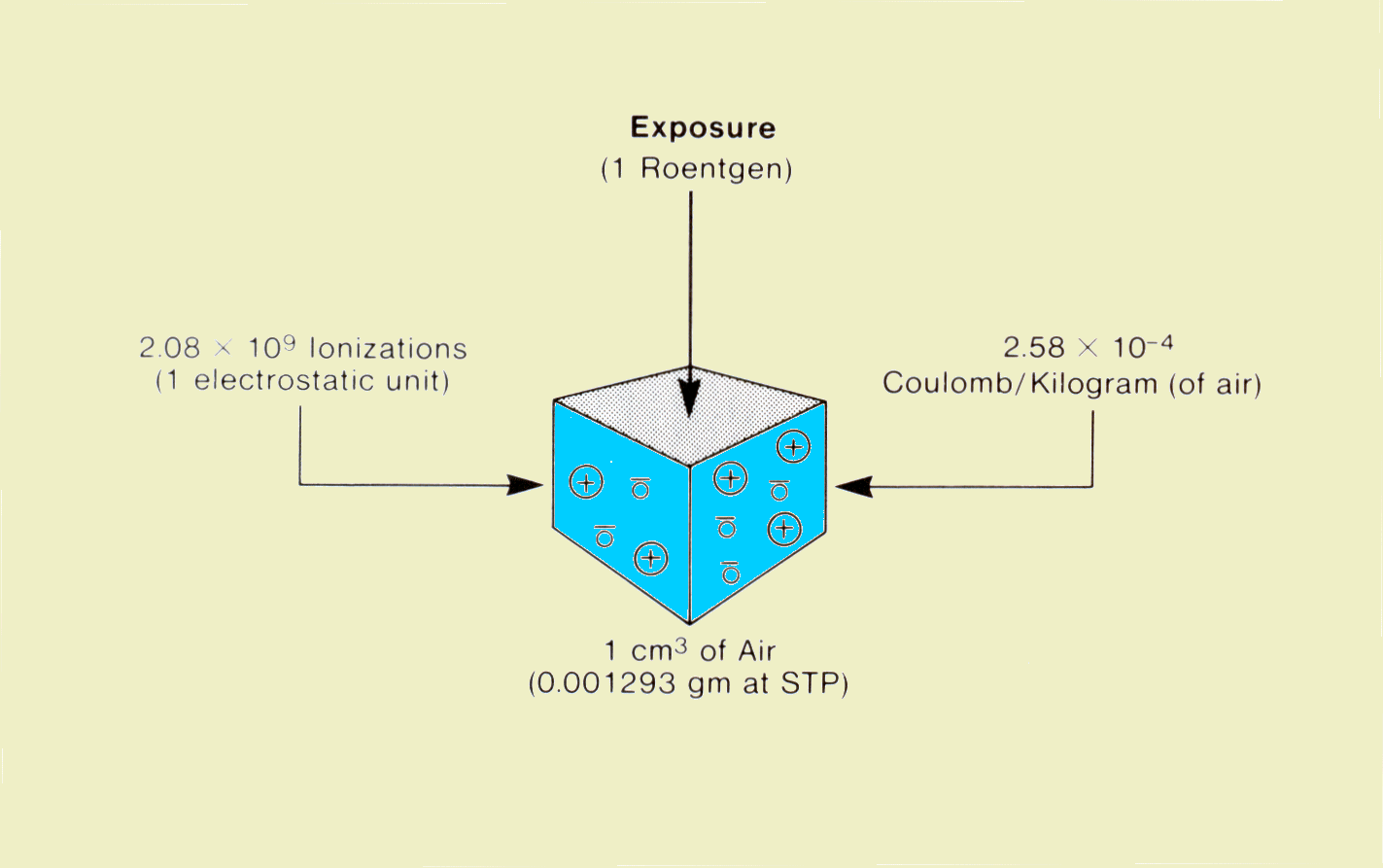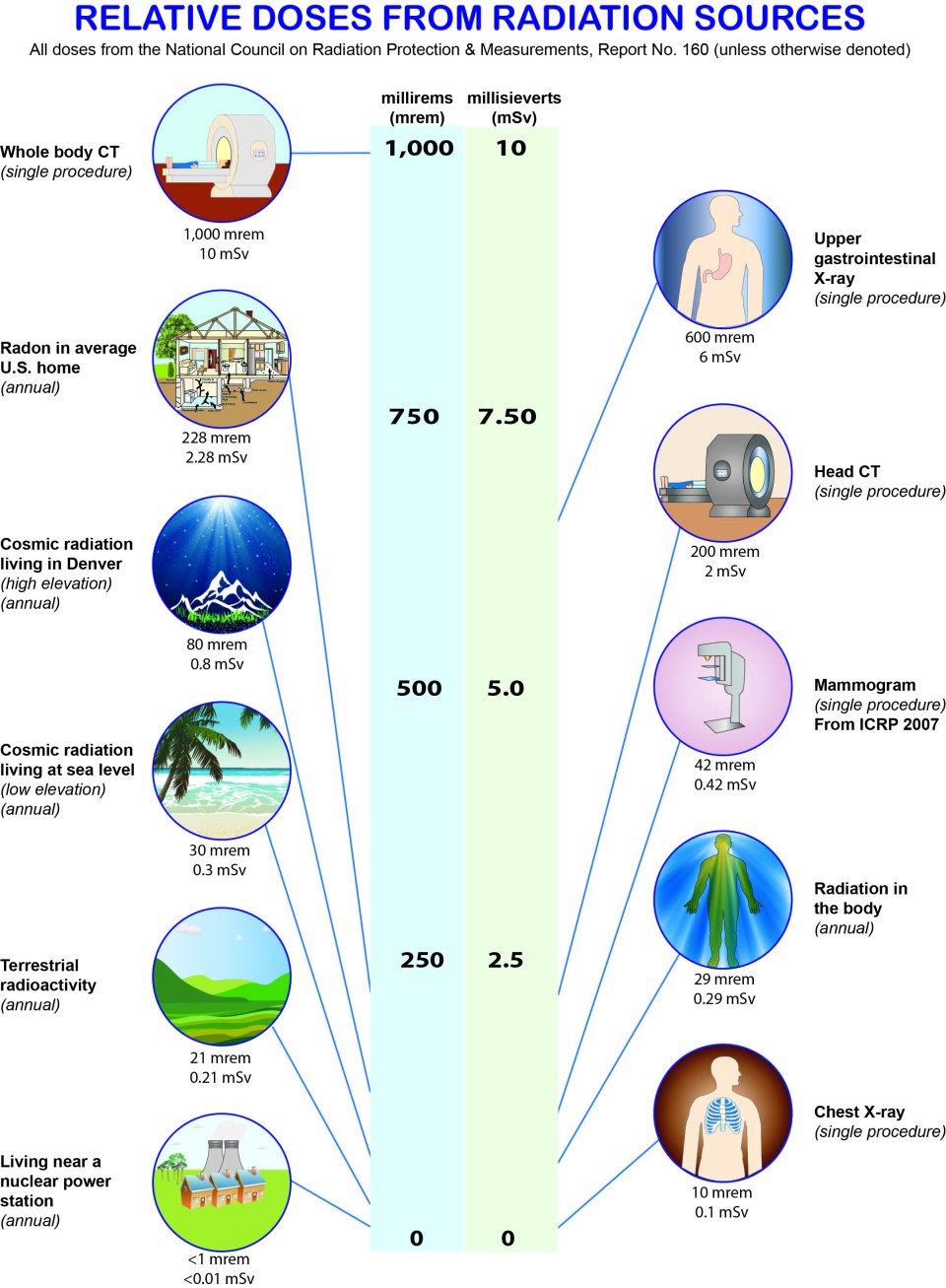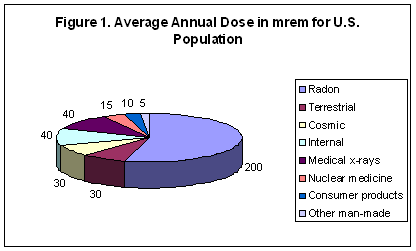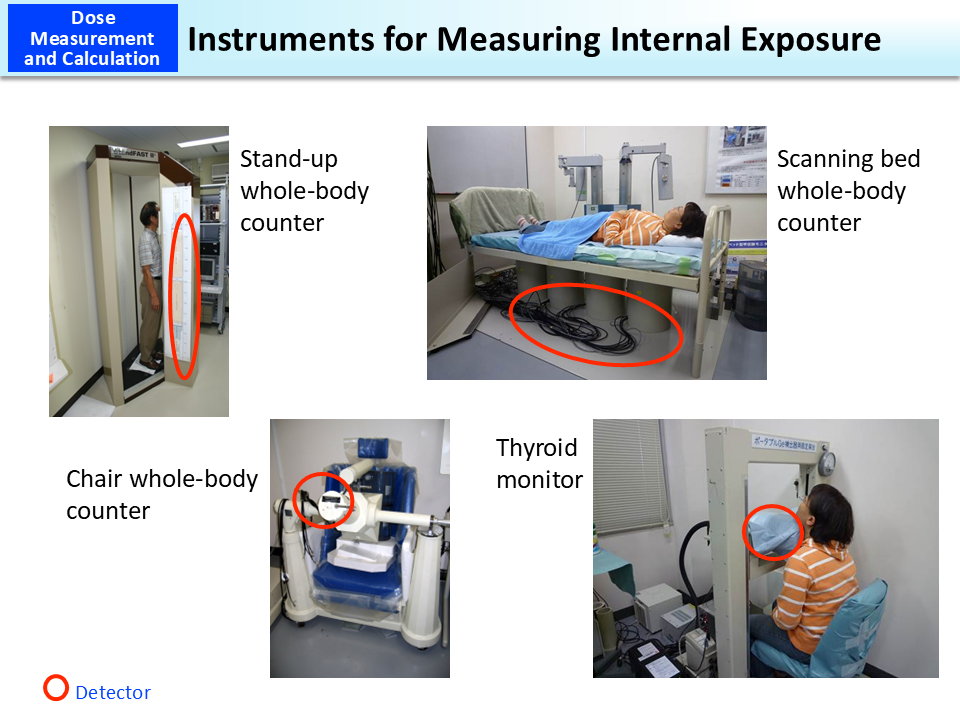How Is Background Radiation Measured
Grasty et al 1988.
How is background radiation measured. But a small amount is from being contaminated. You will measure the intensity of incident radiation using a horn antenna sec 32 a microwave low noise amplifier a heterodyne down converter and a chain of amplifiers sec. Although there is worldwide variation in the levels the reality is that we have always been and will always be exposed to background radiation from natural sources. It is an important source of data on the early universe because it is the oldest electromagnetic radiation in the universe dating to the epoch of.
The cosmic microwave background cmb cmbr in big bang cosmology is electromagnetic radiation as a remnant from an early stage of the universe also known as relic radiation. Background radiation originates from a variety of sources both natural and artificial. The meter showed 012 021 microsvh during the day averaging at about 014 mcsvh. In the food and drink that is consumed.
Generally the background radiation in a borehole gamma ray log is considered to be zero except in a few exceptional cases since the detector is surrounded by the source. Background radiation affects everyone mainly by irradiation but a small amount is from being contaminated. Rather than obtain new data recent estimates of contamination levels in the northern marshall islands use measurements made decades ago to. The section of sky measured is controlled by tilting the horn from the vertical zenith.
Background measurement was reviewed in some detail especially with reference to airborne gamma ray surveys grasty 1979. These include both cosmic radiation and environmental radioactivity from naturally occurring radioactive materials such. We normally do not think about this exposure to radiation because it comes from things we accept in our everyday lives. The cmb is faint cosmic background radiation filling all space.
These tests produced radioactive fallout which even today gives rise to radiation measurable above naturally occurring background levels. 33 followed by a square law detector and an integrating voltmeter. Sixty seven nuclear tests were conducted on two atolls in the northern marshall islands between 1946 and 1958. Measuring amounts of radiation.
Background radiation is a measure of the level of ionizing radiation present in the environment at a particular location which is not due to deliberate introduction of radiation sources. Measuring amounts of radiation. In the food and drink that is consumed. We tried to measure background radiation using a geiger counter for a experiment at school.
Background radiation varies from place to place and over time depending on the amount of naturally occurring radioactive elements in soil water and air. Background radiation affects everyone mainly by irradiation.
